Latest Update: Nov 15, 2025, 6:50:05 AM

With the world's growing population and limited agricultural land, the need for new and efficient methods of food production is felt more than ever. One method that has gained significant attention in recent years is vertical farming. Vertical farming refers to the practice of growing plants in stacked vertical layers rather than on flat fields. This modern agricultural method offers many advantages over traditional techniques, which we will explore below.
What is Vertical Farming?
As mentioned, vertical farming is a method where plants are cultivated in multiple layers within controlled environments. This method utilizes hydroponic, aeroponic, or aquaponic systems, where plants grow without soil using nutrient-rich solutions. Due to its efficient use of space, this method makes it possible to produce agricultural products in urban areas and even inside buildings.
You can also contact Gol Afrouz Greenhouse Company for greenhouse construction, greenhouse structures, greenhouse equipment, and specialized consulting. Gol Afrouz, with years of activity in agriculture and greenhouse construction, is here to provide you with the best services.
Advantages of Vertical Farming
-
Increased Production in Less Space: The most significant advantage of vertical farming is the ability to produce far more agricultural products compared to traditional methods, using significantly less space. This is especially important in urban areas where agricultural land is limited.
-
Reduced Water Consumption: In vertical farming, water is continuously recycled, preventing waste. Furthermore, the use of precision irrigation systems drastically reduces water consumption compared to traditional agriculture.
-
Reduced Fertilizer Use: In traditional farming, large amounts of chemical fertilizers are used to increase crop production, which can lead to environmental pollution. In vertical farming, the need for chemical fertilizers is minimized by using precise and controlled nutrient solutions.
-
Reduced Pests and Diseases: In the controlled environments of vertical farming, the potential for pest and disease growth is severely reduced. Pests and diseases can also be prevented using biological control methods.
-
Organic Product Production: Given that chemical fertilizers and pesticides are not used in vertical farming, the products are organic and free from any chemical substances.
-
Fresh and Local Produce: Vertical farming enables the production of fresh, local products in all seasons. This reduces transportation costs and increases product quality.
-
Lower Carbon Footprint: By reducing energy, water, and chemical fertilizer consumption, vertical farming helps decrease greenhouse gas emissions and, consequently, lowers the carbon footprint.
Challenges of Vertical Farming
Despite its many benefits, vertical farming also faces challenges. These include the high setup costs, the need for a specialized workforce, and high energy consumption.
Types of Vertical Farming Systems
Vertical farming systems are divided into various types based on the environment and irrigation method. These systems include:
-
Hydroponic Systems: In this system, plant roots are placed in a nutrient-rich solution.
-
Aeroponic Systems: In this system, plant roots are suspended in a moist, nutrient-rich air.
-
Aquaponic Systems: This system combines plant cultivation with fish farming.
Conclusion
Vertical farming, as a new and promising technology in the field of agriculture, can play a vital role in ensuring food security and protecting the environment. Given the numerous advantages of this method, it is expected that we will see the continued expansion of vertical farming worldwide in the future. However, for the sustainable development of vertical farming, the existing challenges must be addressed, and appropriate solutions must be provided.
Gol Afrouz Company also provides all efficient and modern greenhouse equipment. If you are in Karaj, Tehran, or any other city in Iran and looking for a reliable partner for your greenhouse construction, contact us now through the website and benefit from the expert advice of our specialists.



 Dutch Greenhouse Complexes: Aalsmeer Hub, Benefits, & Costs Guide
Dutch Greenhouse Complexes: Aalsmeer Hub, Benefits, & Costs Guide
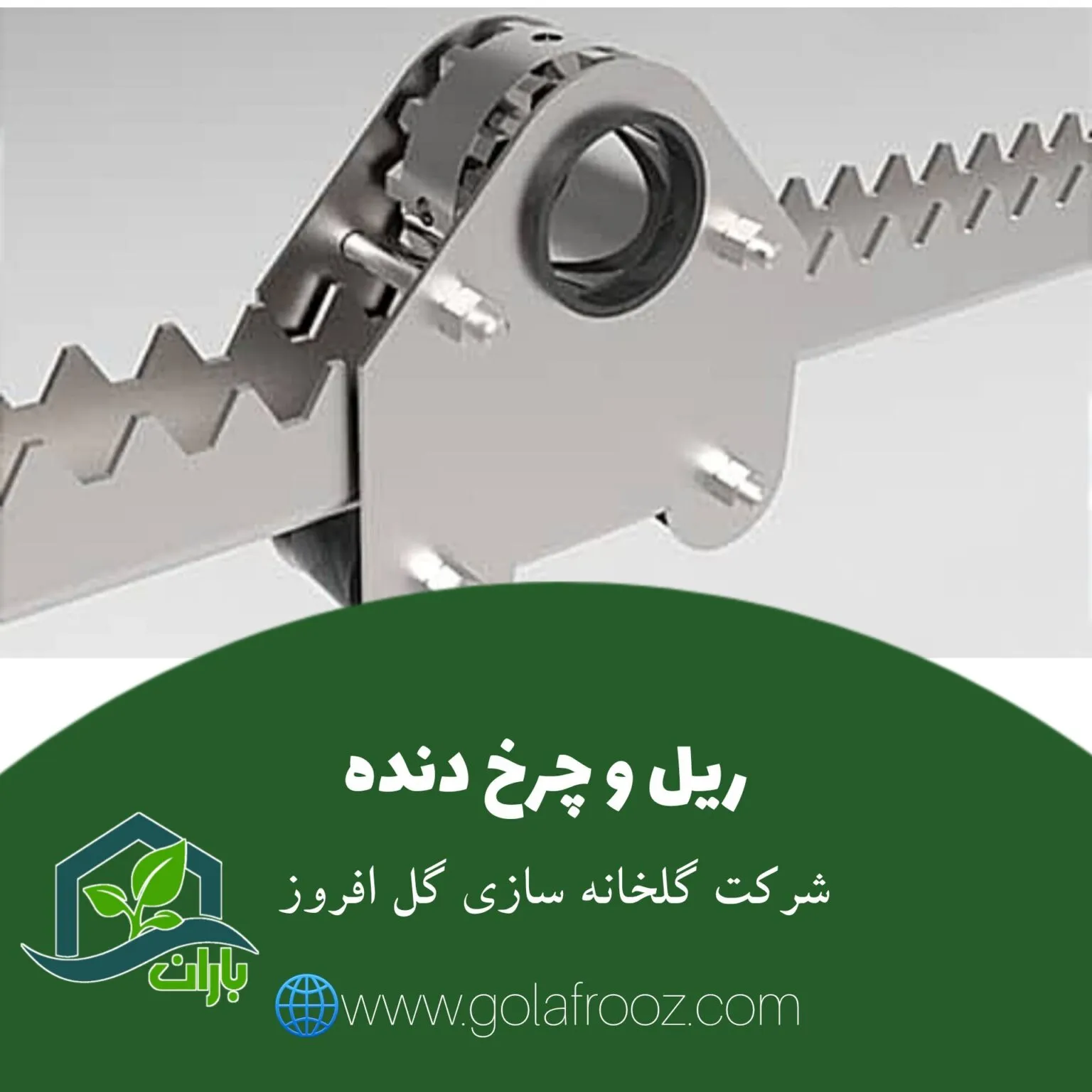 Greenhouse Rail and Gear Systems: Automation, Benefits & Price Guide
Greenhouse Rail and Gear Systems: Automation, Benefits & Price Guide
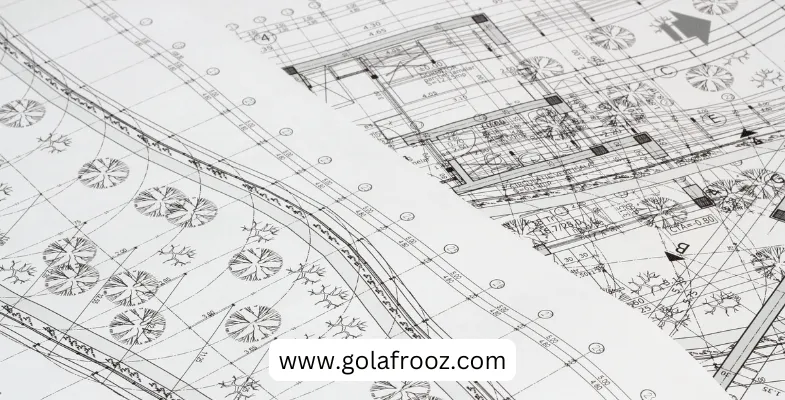 Comprehensive Guide to Greenhouse Plans: Designs, Types & Layouts (Spanish vs. Dutch)
Comprehensive Guide to Greenhouse Plans: Designs, Types & Layouts (Spanish vs. Dutch)
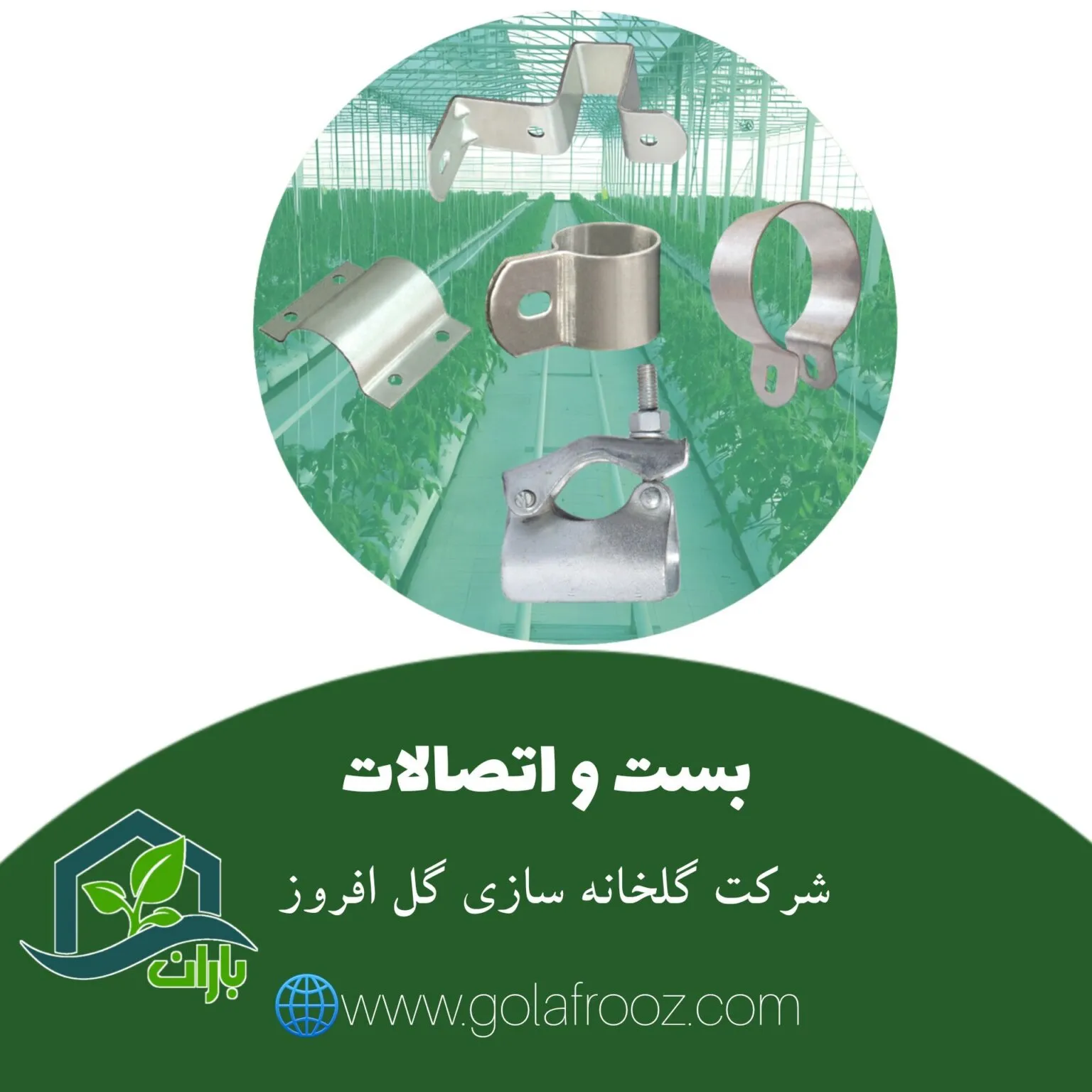 Greenhouse Fittings & Fasteners: Types, Uses & Pricing Guide
Greenhouse Fittings & Fasteners: Types, Uses & Pricing Guide
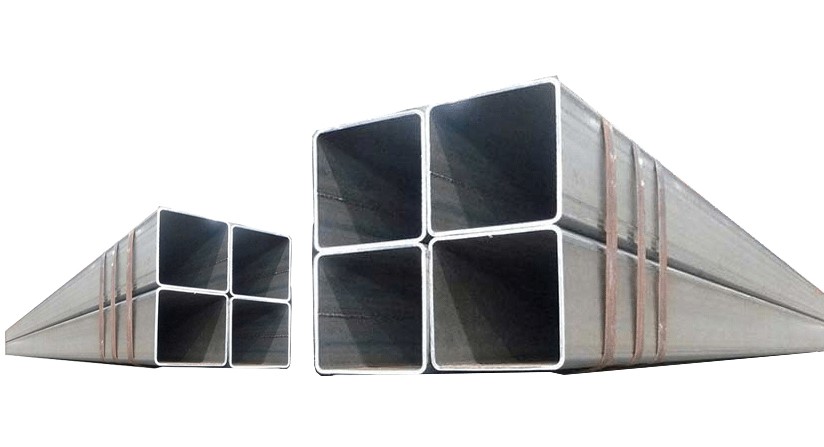 Galvanized can profile 10
Galvanized can profile 10
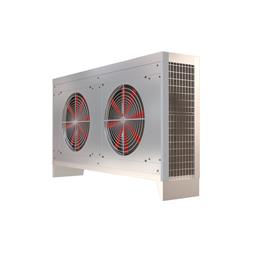 Axial Fan Evaporative Cooler
Axial Fan Evaporative Cooler
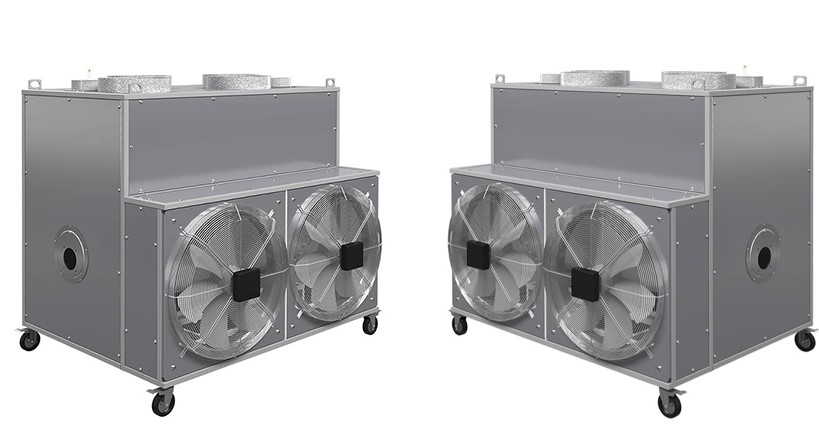 Furnace Heater
Furnace Heater
 Type 4 Circulation Fan
Type 4 Circulation Fan
 Greenhouse Mist Sprayer
Greenhouse Mist Sprayer
